Chosen theme: Guidelines for Eco-Conscious Travelers. Set out lightly, tread kindly, and return with stories that make the world feel a little more connected and cared for. This home page gathers practical steps, heartfelt anecdotes, and inspiring challenges to help you reduce your footprint without losing your sense of wonder. Subscribe for monthly route ideas, printable checklists, and community Q&A focused entirely on mindful, low-impact journeys.
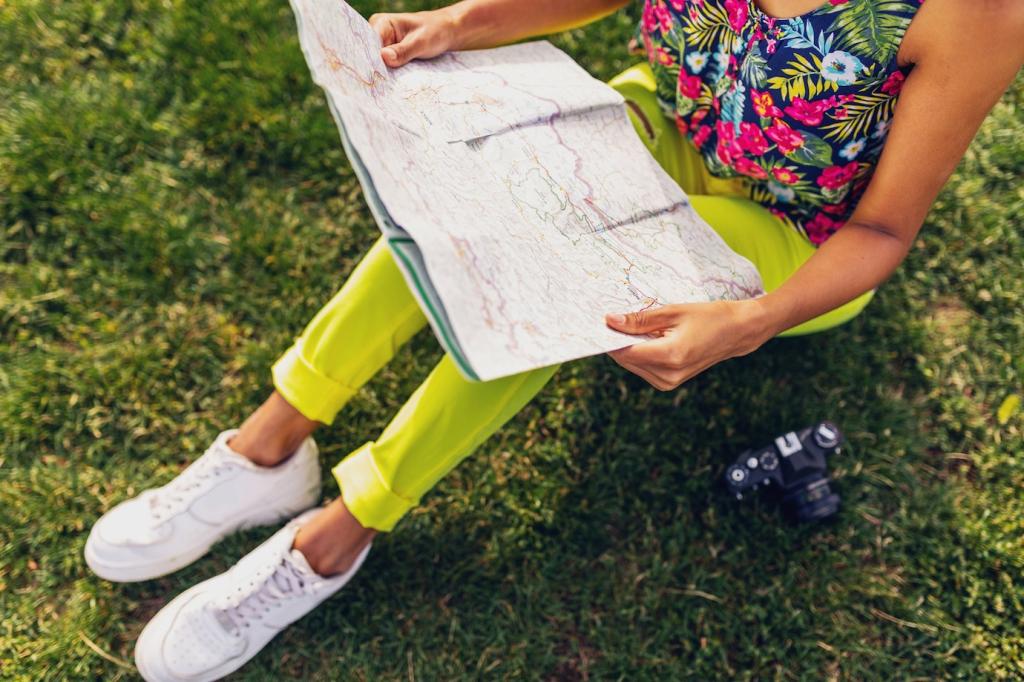
Choose destinations with proven conservation leadership
Pick places that invest in nature and transparency—marine parks with visitor caps, community-managed forests, biosphere reserves, or cities with strong climate plans. I once rerouted to a community-run lodge in Borneo; every guided walk funded ranger patrols. Share your favorite conservation-forward destinations in the comments.
Build slow, connected routes instead of whirlwind hops
Cluster nearby regions, link them by rail or coach, and add rest days so serendipity can bloom. My favorite itinerary stitched Lisbon, Porto, and Santiago by train and foot, trading airport queues for riverside walks. Subscribe for sample slow routes and downloadable planning templates.
Research local sensitivities and regulations before you go
Check trail closures, drone laws, fire bans, sacred sites, and permit systems that protect fragile ecosystems. In Cinque Terre, a last-minute permit check saved us from stressing a rain-soaked path. If you know great local resources or forums, drop links for fellow readers.
Pack Light, Pack Right
Solid soap and shampoo bars, reef-safe sunscreen, refillable containers, and a bamboo toothbrush travel well and leave nothing behind. After one too many shampoo leaks, I switched to bars and never looked back. What’s in your dependable kit? Share your favorite leak-proof, plastic-free essentials.
Pack Light, Pack Right
Pack repair patches, neutral layers that mix and match, and footwear you can walk all day in. Durable choices cut emissions and landfill waste. Renting specialty gear at your destination avoids hauling heavy items. Tell us the one piece that made your pack lighter and your trip brighter.
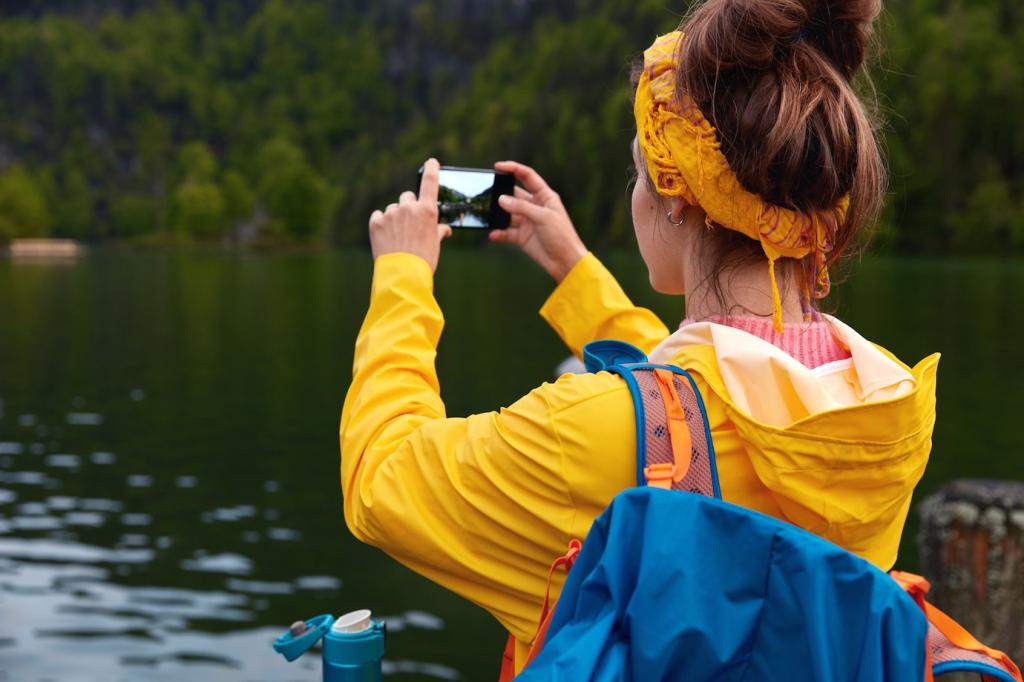
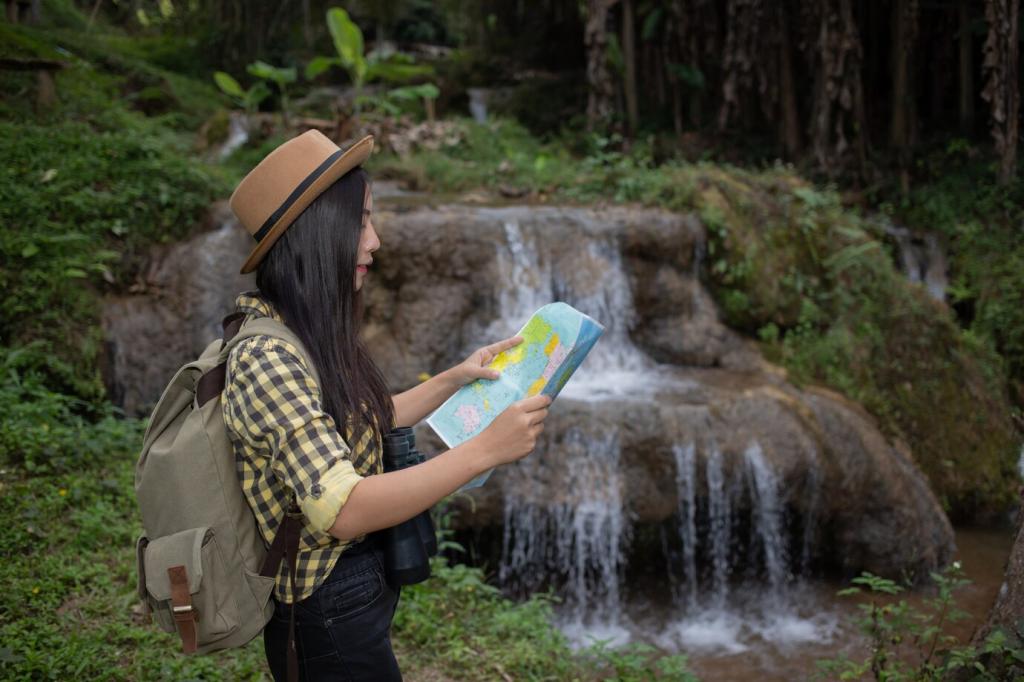
Low-Carbon Transport Choices
Prioritize rail and coach networks whenever feasible
Per passenger-kilometer, trains typically emit far less CO₂ than planes; several European estimates hover around a few dozen grams versus a few hundred for flights, though figures vary by route and load. A Vienna–Venice sleeper replaced a short-haul flight and gave us sunrise over the lagoon. Recommend your favorite scenic rail.
If you must fly, choose smarter flights and airlines
Pick direct routes, newer fleets, and carriers disclosing fuel efficiency and sustainable aviation fuel initiatives. Fly economy, travel light, and avoid unnecessary connections. I once consolidated two trips into one longer journey and cut flights in half. Comment with tools you use to compare airline emissions.
Own the last mile: walking, cycling, and transit
Bike share, local buses, and your own two feet reduce emissions and reveal daily life up close. Wayfinding on foot led me to a family bakery that became the trip’s sweetest ritual. Share a city where public transit surprised you—in a good way—and why it worked.
Vet stays for credible certifications and clear practices
Look for GSTC-recognized standards, Green Key, or transparent sustainability reports with water, energy, and waste metrics. Read beyond labels: linen reuse, greywater systems, and local sourcing say more than slogans. Drop any certification directories you trust to help others verify claims.
Support community-owned lodging and fair jobs
Homestays, cooperatives, and social enterprises keep revenue circulating locally. Ask about training programs, fair wages, and accessibility policies. In Laos, a village guesthouse funded language classes for teens; every breakfast felt like an investment in futures. Recommend places where your stay clearly supported people.
Mind your room’s footprint
Set air-conditioning to 24–26°C, unplug chargers, take shorter showers, and close curtains during heat. A hotel manager once thanked us for reporting a dripping tap that wasted hundreds of liters weekly. Share small habits that add up—and remind future you to keep them at home, too.
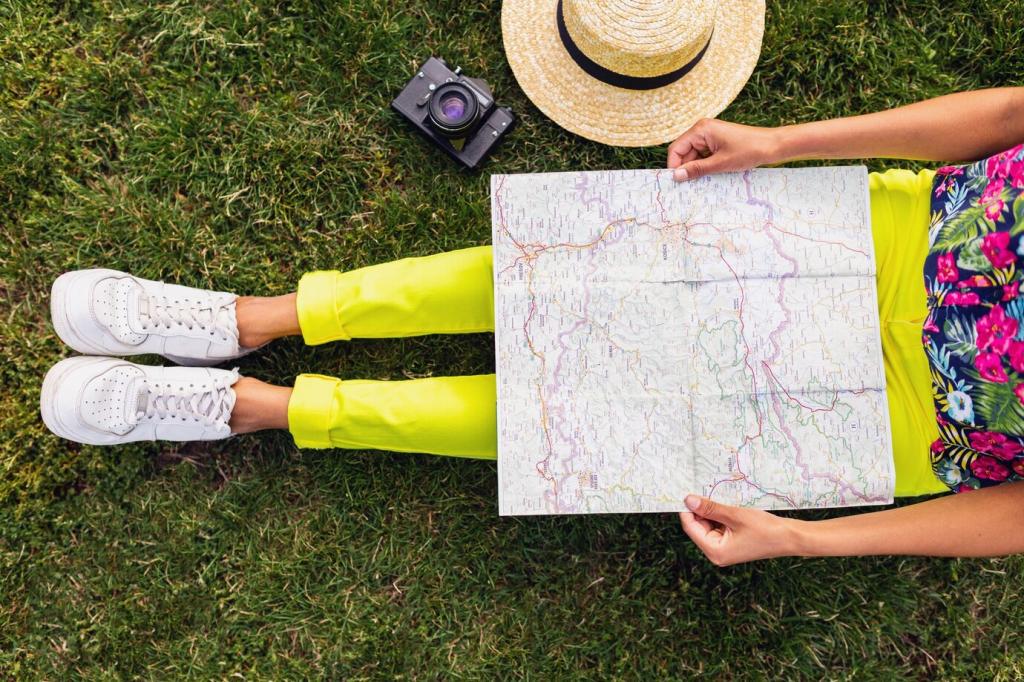
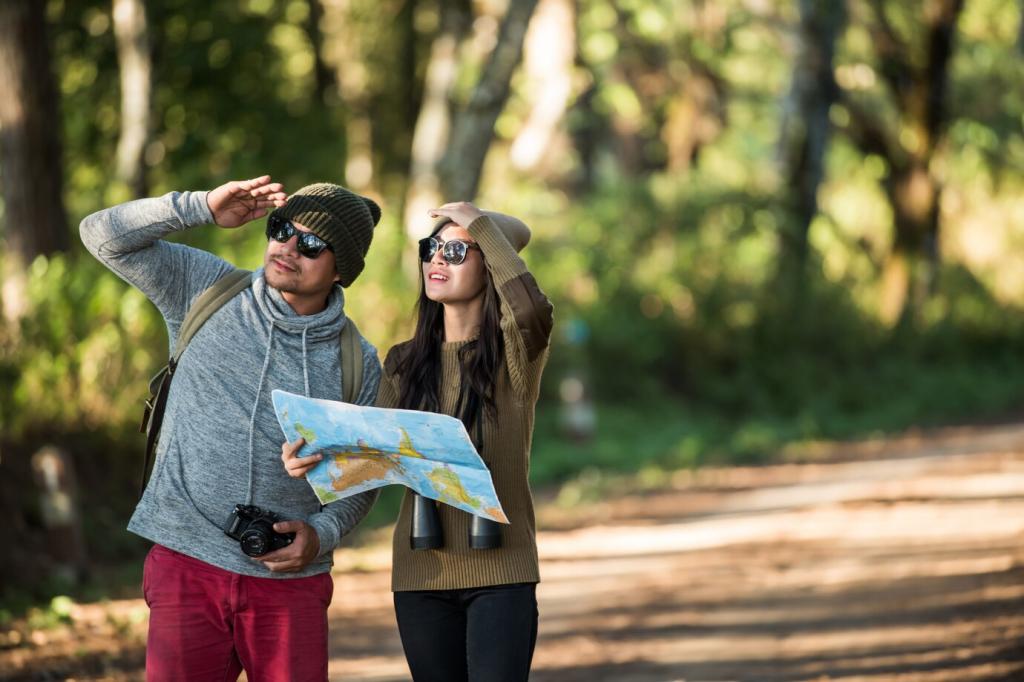

Respect Culture, Nature, and Wildlife
Avoid baiting, touching, and overcrowding. Keep respectful distances, follow guide instructions, and skip attractions that exploit or misrepresent animals. A quiet hour watching sea turtles from a distant dune beat any staged photo. Share operators who model best practices without compromise.
Track Your Impact and Inspire Others
01
Keep a simple footprint journal with honest numbers
Log transport modes, nights stayed, meals, and memorable choices that lowered impact. Use public calculators to estimate emissions, then set a personal baseline for next time. Want a lightweight template? Subscribe and we’ll send a version you can copy to your notes app.
02
Volunteer responsibly and give where it counts
Research organizations, prioritize local leadership, and avoid short-term roles that displace jobs or harm communities. Skills-based support, remote mentoring, or funding ranger patrols can be powerful. Share vetted groups and why their model impressed you with transparency and measurable impact.
03
Join the conversation and help refine these guidelines
Comment with tips, dilemmas, and wins from your own eco-conscious journeys. Ask questions for upcoming Q&A posts, and invite a friend who’s planning their first low-impact trip. Together we can turn better choices into brilliant, collective momentum—one journey at a time.
